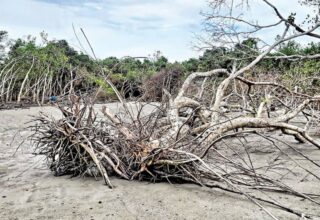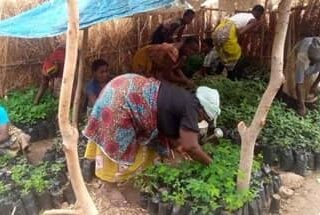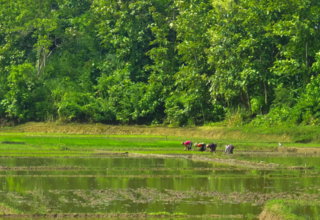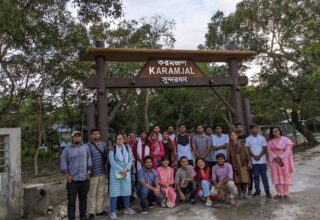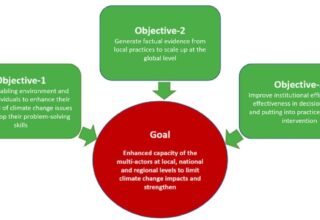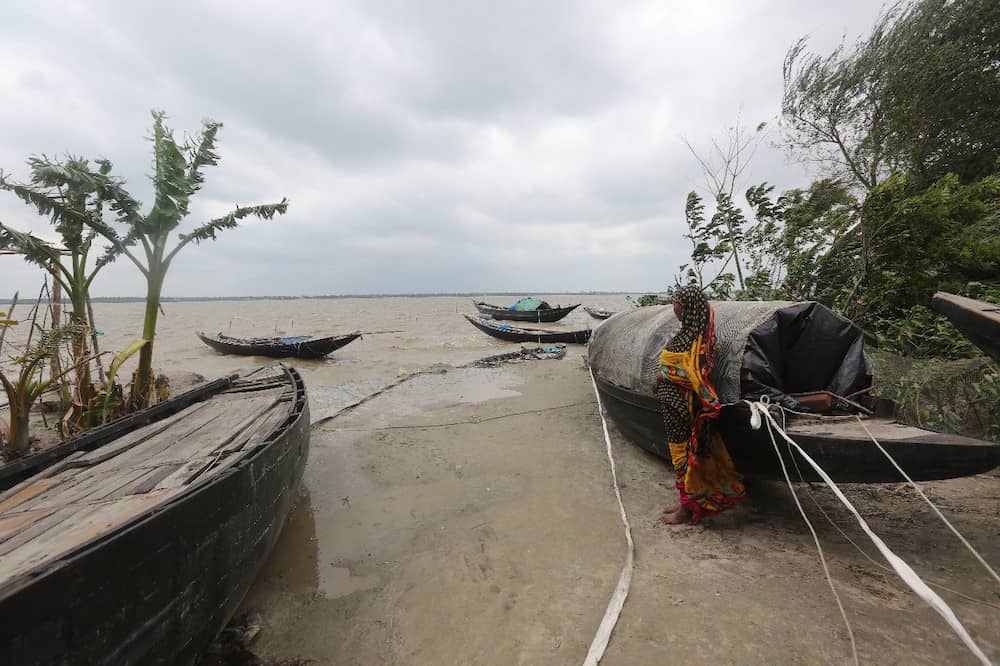
One of the pillars of the Paris agreement is the Global Goal on Adaptation (GGA), which is addressed in Article 7.1 the GGA aims at “enhancing adaptive capacity, strengthening resilience and reducing vulnerability to climate change, with a view to contributing to sustainable development and ensuring an adequate response in the context of the temperature goal”
The Paris agreement also recognizes adaptation as a global challenge with local, subnational, national, regional, and international dimensions, and that it is a critical component of and contributes to the long-term global response to climate change.
Aiming to elevate adaptation’s stature and increase financial flows, the GGA was established to promote and enhance global adaptation action. Unfortunately, not much progress was made in this area for years until the Adaptation Committee (AC) was tasked in 2019 by the Conference of the Parties serving as the meeting of the Parties to the Paris Agreement (CMA) to consider approaches to reviewing the overall progress made in achieving the global goal on adaptation and to include the results of this consideration in its 2021 annual report.
The technical paper explores possible methods for assessing overall progress towards the global goal on adaptation, what additional analysis would be useful, and the steps that can be taken to work towards progressively more thorough and rigorous assessments over time. It also highlighted the significance of fully utilizing available information sources to be essential for conducting a collective review of advancements made toward the GGA without adding any extra responsibilities to Parties. This technical paper lays down the foundation to define the technical aspect and the way forward for the GGA and was welcomed by the CMA.
In Glasgow, the CMA established a comprehensive two-year Glasgow–Sharm el-Sheikh work programme on the global goal on adaptation (GlaSS). The program is being carried out jointly by the SBSTA and SBI with contributions from the current and incoming Presidencies of the COP, the Adaptation Committee, IPCC Working Group II, and others.
The decision specifies eight work program objectives, one of which is to contribute to reviewing the overall progress made in achieving the global goal on adaptation as part of the global stocktake, which will take place every five years, with data collection beginning this year and the stocktake concluding in 2023. It also mandated four workshops beginning with the SB’s 56th sessions.
Albeit the issue that demands critical discussions on technical aspects, the discussion on the GlaSS got off to a shaky start at the SB 56, when parties argued for over an hour on whether there should be one or two sessions. In the end, it was agreed that there would be two meetings.
Themed after the two objectives of the work plan “Enhancing understanding of the global goal on adaptation and reviewing progress towards it” the first workshop took place on the 7th and 8th of June with a presentation from the Intergovernmental Panel on Climate Change on the contribution of the working group II to the Sixth Assessment Report focusing on impacts, adaptation, and vulnerability.
In their joint conclusion, the SBSTA and the SBI requested that the Secretariat prepare an annual report for the fourth session of the CMA in order to document progress made and inform the GlaSS work program. They also asked that subsequent workshops under the GlaSS program be more interactive as that was not the case in the first workshop. The second workshop will be held in August virtually.
What we have observed during the first workshop is that despite parties’ agreement to recognize adaptation as a global challenge, the process has been tainted by a longstanding lack of trust in the process and the lack of parity in discussing adaptation and mitigation.
We need to understand why we set the global goal on adaptation. The objective of the Paris agreement is not only to limit global warming but also to increase the ability to adapt to the adverse impact of climate change. The fulfilment of these objectives cannot be left to countries to fulfil on their own. Although it may be challenging to quantify adaptation as a goal, we must consider how adaptation relates to the temperature target. If we fail to take the necessary steps to keep global warming below 1.5, we will need to make further efforts to adapt.
The IPCC Report on Climate Change Mitigation, released on April 4, 2022, stated that without stronger policies, global emissions are on track for a 3.2°C world. A 1.5°C path necessitates a 48% reduction in global emissions by 2030 and a net zero planet by the early 2050s. It also reports with high confidence that public-private finance flows for fossil fuels continue to outnumber those for climate adaptation and mitigation. The vast majority of global tracked climate finance is directed toward mitigation, with only a small portion directed toward adaptation.
The IPCC Working Group II’s contribution to the Sixth Assessment Report makes it very obvious that even at 1.5 degrees Celsius, we still face very dire climate impacts. Strong, coordinated global action is required if we are to be able to adapt. The actions that we need to take might be tailored to our local needs but the support and the need to transform vulnerable nations is a global responsibility.
What should we expect as we approach COP 27? We must prioritize adaptation and ensure the implementation of Glasgow’s adaptation commitments, including assistance to developing and vulnerable countries in implementing their national adaptation commitments. The GlaSS’s work should be used to advance the adaptation agenda and push for greater adaptation ambition in Egypt and later at COP28.
The commitment by developing countries to double adaptation finance by the year 2025 was a positive message to restore trust but yet much more needs to be done.
Originally this article was published on August 04, 2022 at Dhaka Tribune.
Selamawit Desta Wubet leads the CVF workstream with the GCA’s Support Program for the Climate Vulnerable Forum and V20, in which role she is principally leading the CVF workstream

